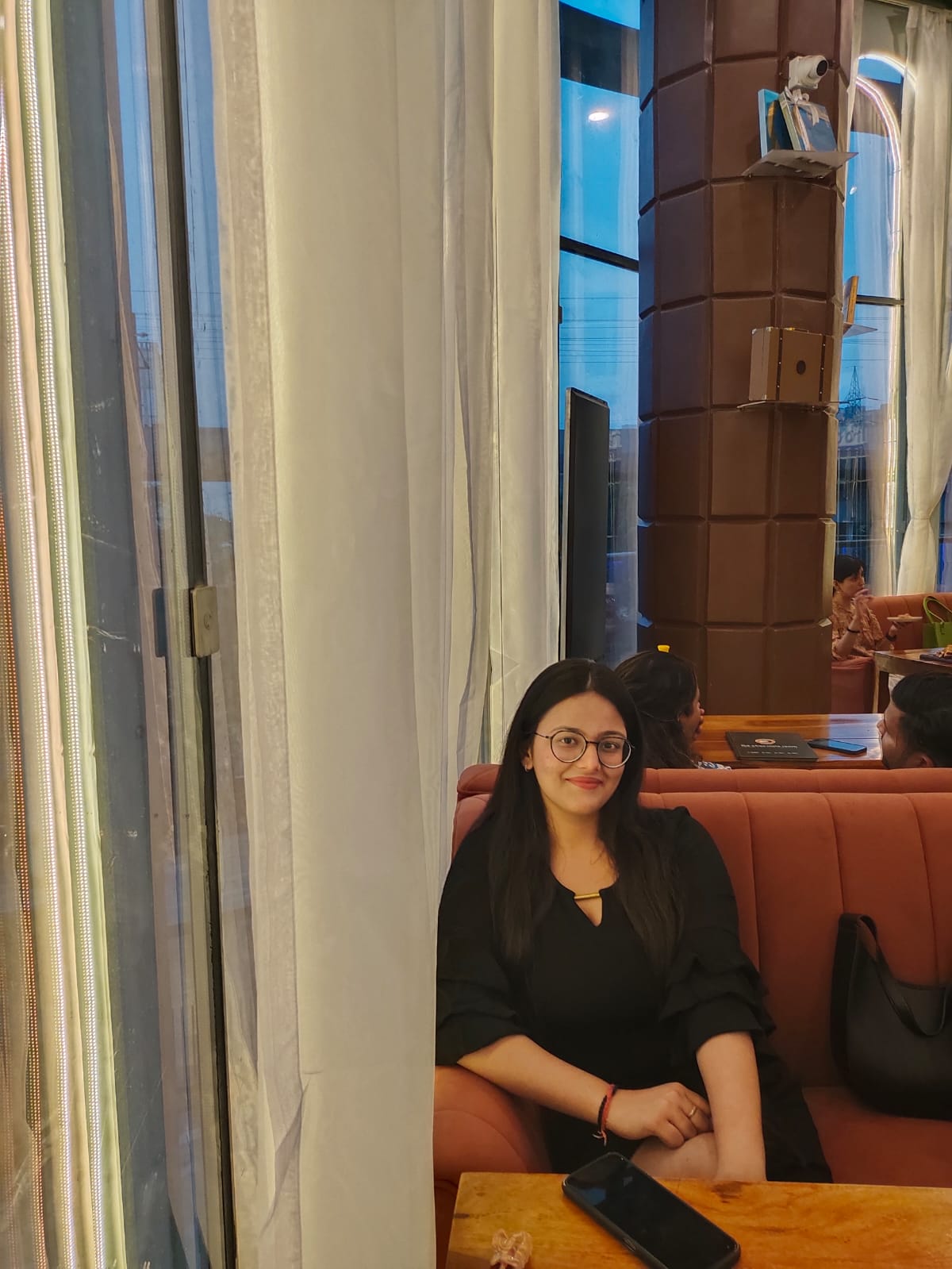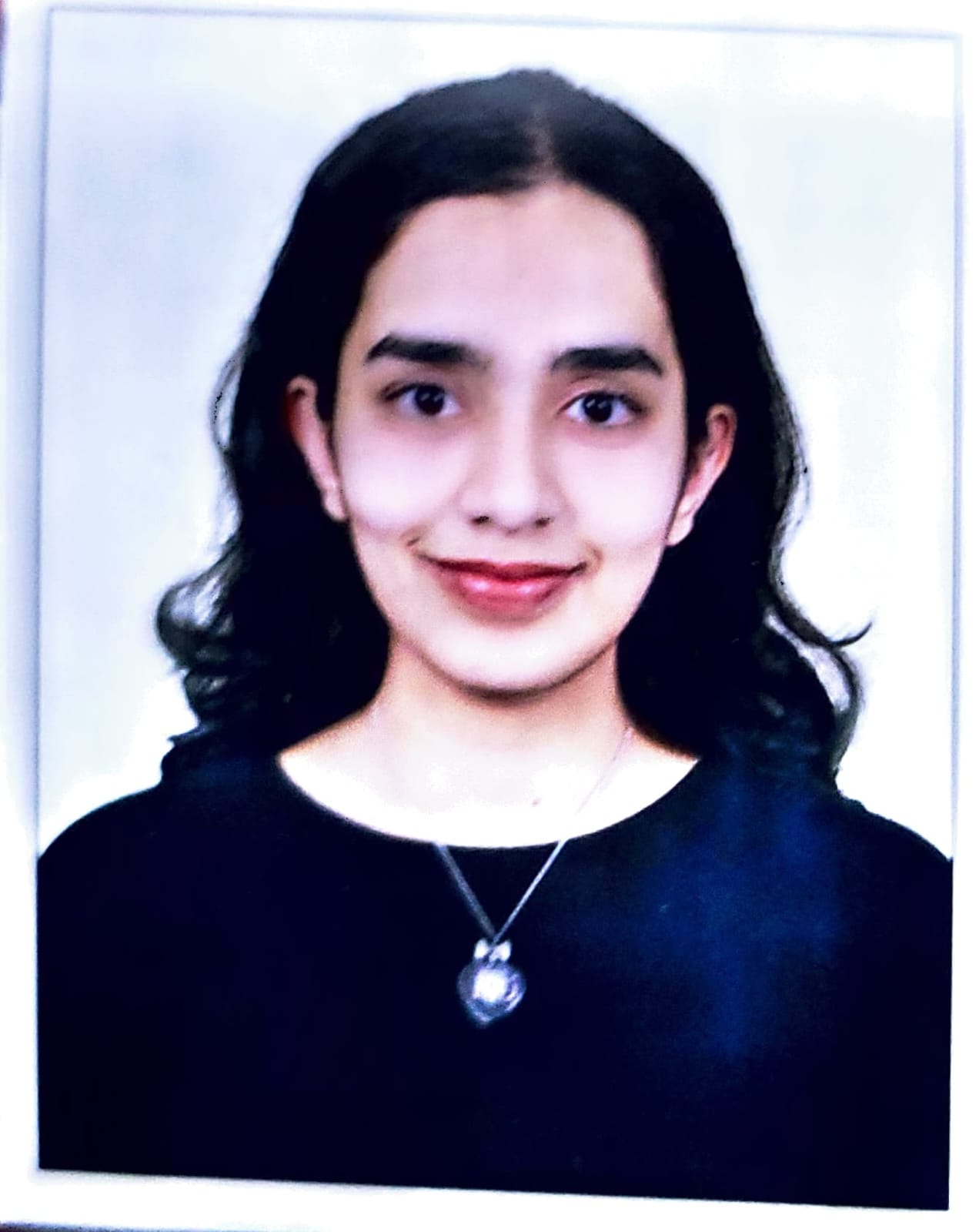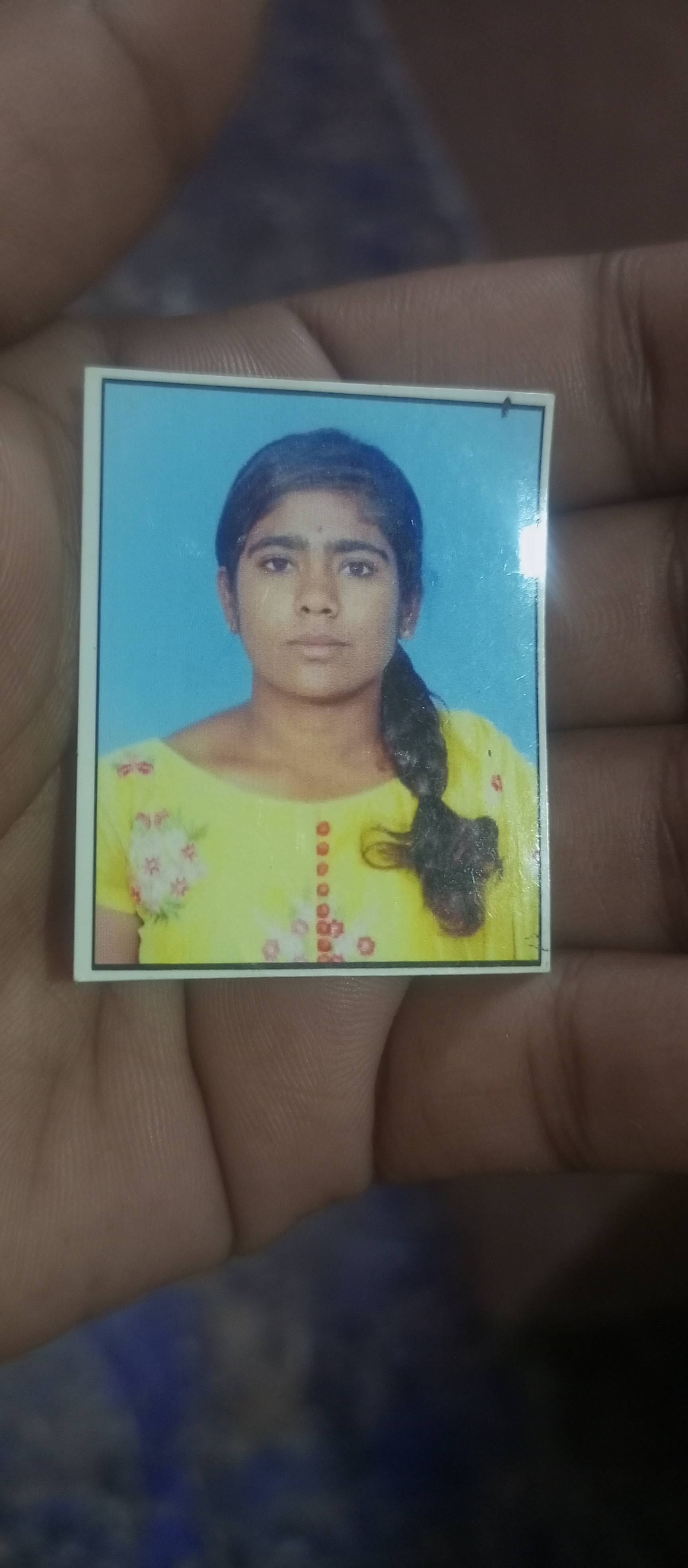What are various chemical modifications during post translational modification
Post-translational modifications (PTMs) encompass a wide range of covalent modifications that occur on proteins after they have been synthesized. These modifications can occur at various amino acid residues throughout the protein sequence and play crucial roles in regulating protein structure, function, stability, localization, and interactions. Here are some common types of chemical modifications that can occur during post-translational modification:
-
Phosphorylation:
- Addition of phosphate groups to specific amino acid residues, such as serine, threonine, or tyrosine.
- Regulates enzyme activity, signal transduction pathways, protein-protein interactions, and cellular responses to external stimuli.
-
Glycosylation:
- Addition of carbohydrate molecules (glycans) to specific amino acid residues, typically asparagine (N-linked glycosylation) or serine/threonine (O-linked glycosylation).
- Influences protein folding, stability, trafficking, recognition, and cell-cell interactions.
-
Acetylation:
- Addition of acetyl groups to the amino terminus or lysine residues of proteins.
- Regulates gene expression, chromatin structure, protein stability, DNA binding, and protein-protein interactions.
-
Ubiquitination:
- Attachment of ubiquitin molecules to lysine residues of target proteins.
- Marks proteins for degradation by the proteasome, regulates protein turnover, quality control, signaling pathways, and DNA repair processes.
-
Methylation:
- Addition of methyl groups to specific amino acid residues, such as lysine or arginine.
- Modulates protein-protein interactions, gene expression, chromatin structure, enzymatic activity, and cellular signaling pathways.
-
Sumoylation:
- Attachment of small ubiquitin-like modifier (SUMO) proteins to lysine residues of target proteins.
- Regulates protein localization, stability, transcriptional activity, DNA repair, cell cycle progression, and stress responses.
-
Hydroxylation:
- Addition of hydroxyl groups to specific amino acid residues, such as proline or lysine.
- Modifies protein structure, stability, and function, particularly in collagen and other extracellular matrix proteins.
-
Prenylation:
- Addition of lipid groups, such as farnesyl or geranylgeranyl groups, to specific cysteine residues near the C-terminus of proteins.
- Facilitates membrane association and protein-protein interactions in cellular signaling pathways.
-
Nitrosylation:
- Addition of nitric oxide (NO) groups to specific cysteine residues.
- Modulates protein function, signaling pathways, and cellular responses to oxidative stress.
These are just a few examples of the diverse array of chemical modifications that can occur during post-translational modification. Each modification can have distinct effects on protein structure, function, regulation, and localization, contributing to the complexity and diversity of cellular processes.








Tags
Qualification
Course
Department
Stream
Subject